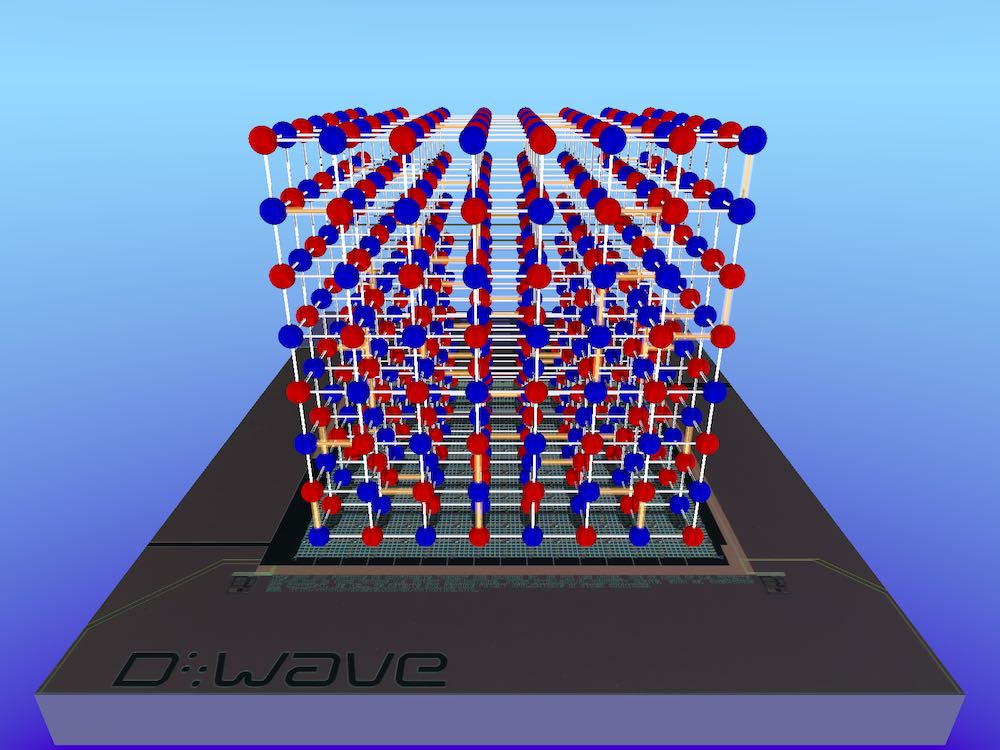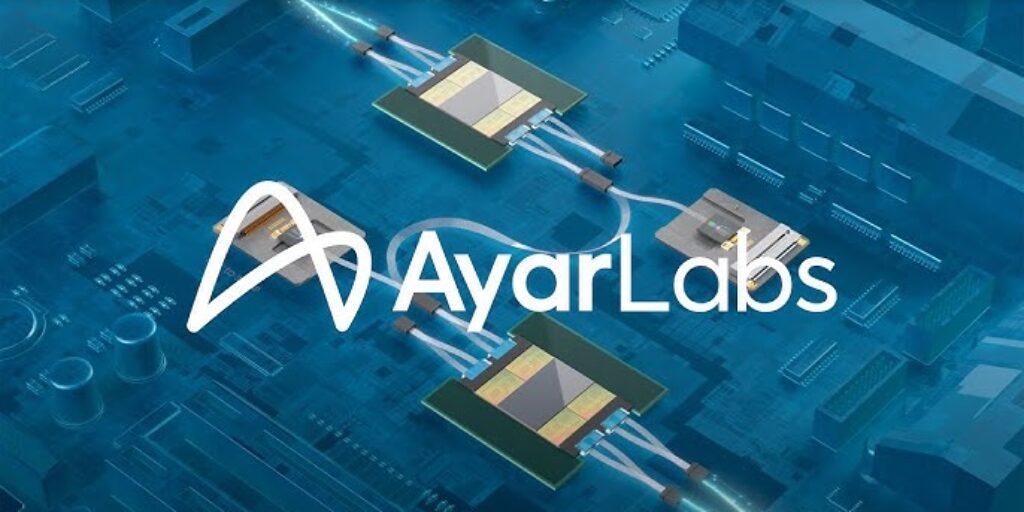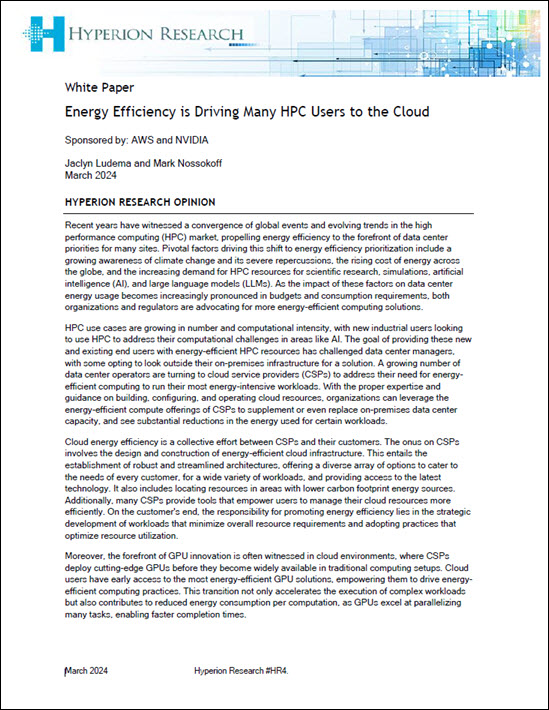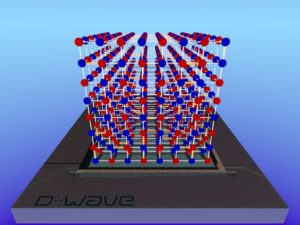 Today D-Wave Systems announced the publication of a significant scientific result in the peer-reviewed journal Science. The article, titled “Phase transitions in a programmable spin glass simulator,” details how a D-Wave 2000Q quantum computer was used to predict phase transitions within a particular quantum mechanical system known as the transverse field Ising model.
Today D-Wave Systems announced the publication of a significant scientific result in the peer-reviewed journal Science. The article, titled “Phase transitions in a programmable spin glass simulator,” details how a D-Wave 2000Q quantum computer was used to predict phase transitions within a particular quantum mechanical system known as the transverse field Ising model.
This work represents an important milestone for quantum computing, because it is the first time physics of this kind has been simulated in a scalable architecture at such a large scale,” said Vern Brownell, CEO of D-Wave. “It also provides unprecedented validation for annealing quantum computing, which is the basis of D-Wave’s quantum technology.”
According to Brownell, this work has significantly raised the bar in regards to size and complexity of the problems addressed by fully programmable quantum computers. The D-Wave system is capable of programming the individual interactions between spins, whereas prior work with other quantum devices was limited to studying systems in which those interactions could not be individually programmed.
In the work described in the Science article, researchers used a 2048-qubit D-Wave quantum computer to study the transverse field Ising model on 3-dimensional simple cubic lattices up to dimensions of 8x8x8 (512 quantum spins). The magnetic phases, and more importantly the phase transitions, were correctly identified within the 3-dimensional space as a function of quantum mechanical energy scale, the strength of interactions between spins, and disorder among the programmable interactions.
Over the past two years, D-Wave scientists and engineers have accomplished a premiere goal of scientific computing: characterization of the phase behavior of a genuinely new material not found in nature by a precisely controlled quantum computer used as a simulator,” said E.H. “Ned” Allen Ph.D., Chief Scientist and Corporate Senior Fellow at Lockheed Martin. “While it’s not a demonstration of the “quantum supremacy” sought by pundits of quantum computing, it is a more important accomplishment because the problem they’ve attacked is one of immediate significance to today’s advanced technology sectors and it is the first truly useful application of a quantum computer. A crucial contribution of the Harris group’s work, then, is that it shows us how to explore the behavior of novel system designs without having to completely understand them first, as we must to write a useful digital simulation code. So D-Wave’s tools presented in the paper are useful in initial conceptualization and invention – not just analysis.
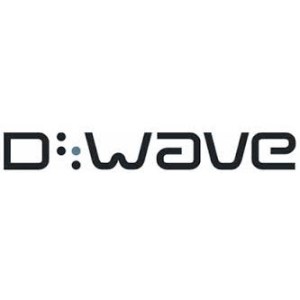 According to scientists at D-Wave, this work is important in the following regards:
According to scientists at D-Wave, this work is important in the following regards:
- The demonstration of phase transitions as a function of quantum mechanical energy scale is strong evidence that the D-Wave quantum system is able to perform quantum simulations.
- The results demonstrate that the embedded 3-dimensional system, whose connectivity is vastly different from that of the physical layout of qubits within the QPU, behaves as expected.
- The experimental techniques used in this study have motivated new work to search for signatures of long-range correlations between quantum mechanical degrees of freedom in the vicinity of the observed phase transitions. Such correlations are not only of scientific interest, but are expected to be critical to realizing a computational advantage when using D-Wave’s quantum computers on a broad range of computation problems of commercial utility.
In 1982, the theoretical physicist Richard Feynman proposed the use of an engineered quantum system, a so-called quantum simulator, as a quantum computer to study computationally challenging quantum mechanical problems. The key insight brought forth by Feynman was that, at its core, nature is quantum mechanical and that simulating nature would be much more efficient if the computer used to perform that simulation were likewise quantum mechanical. While many quantum mechanics calculations for even modest-sized systems become intractable using classical digital computing technologies, a quantum computer can successfully perform those computational tasks with relative ease. Thus, a practical large-scale quantum computer will be a key enabling technology for advancing many branches of sciences and engineering.

